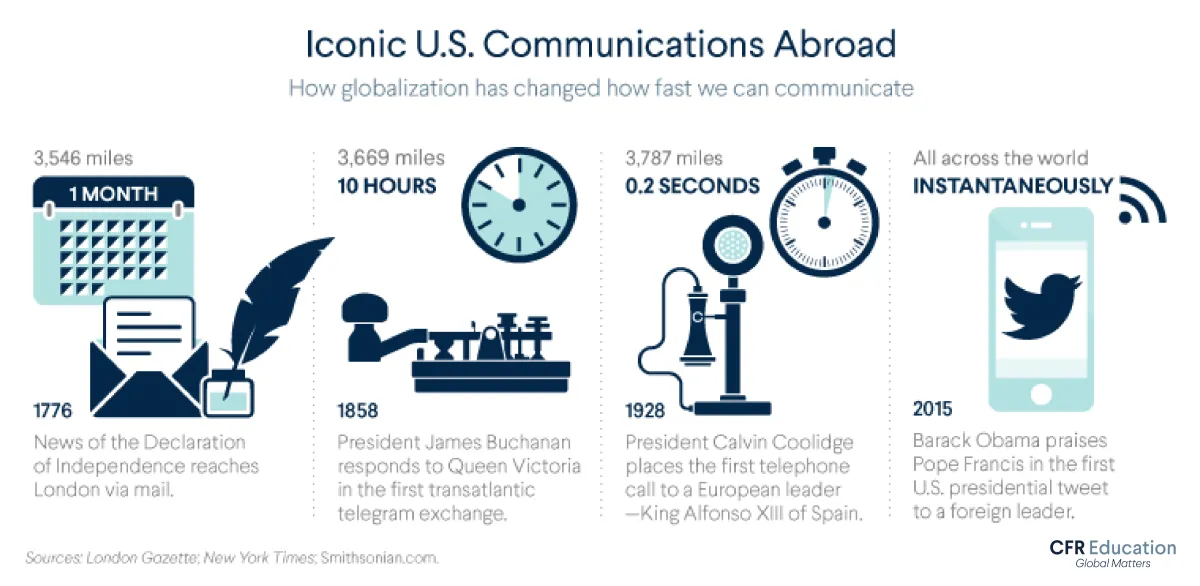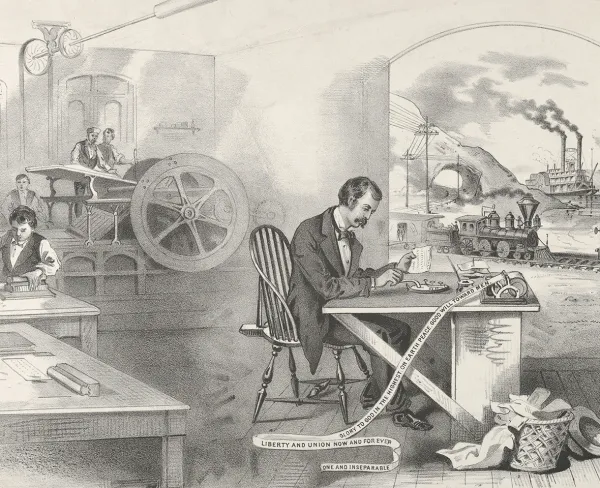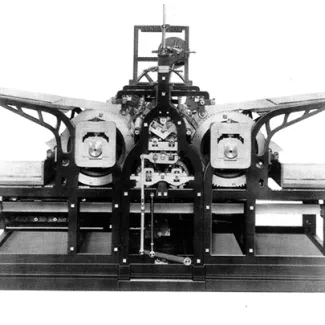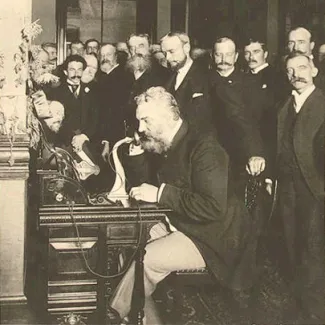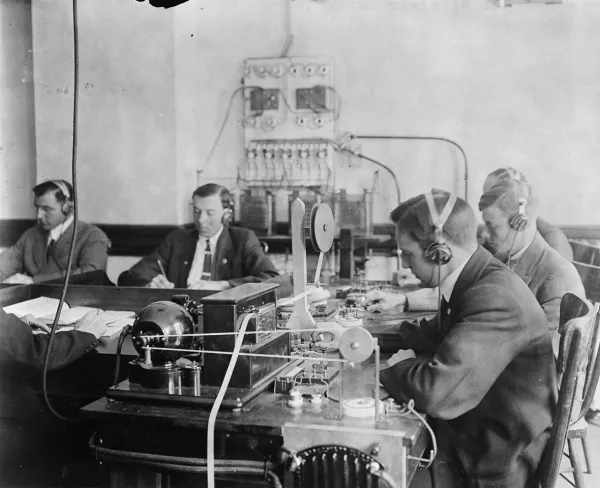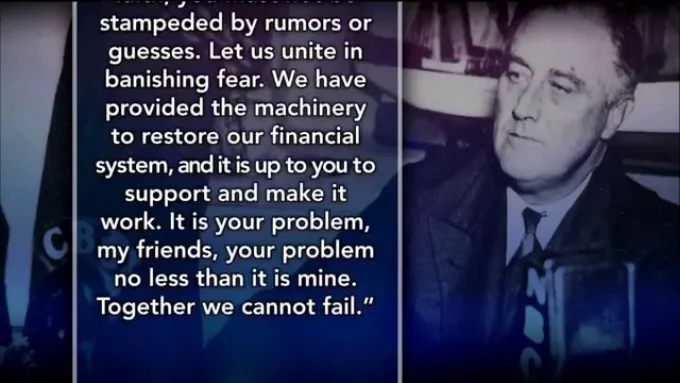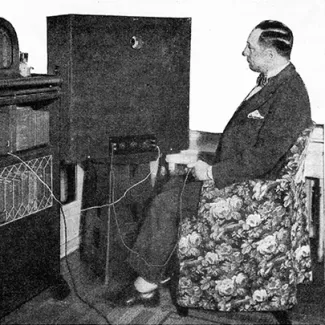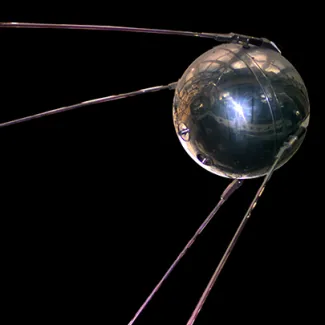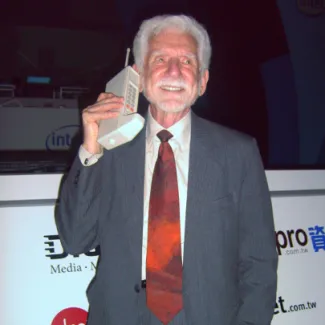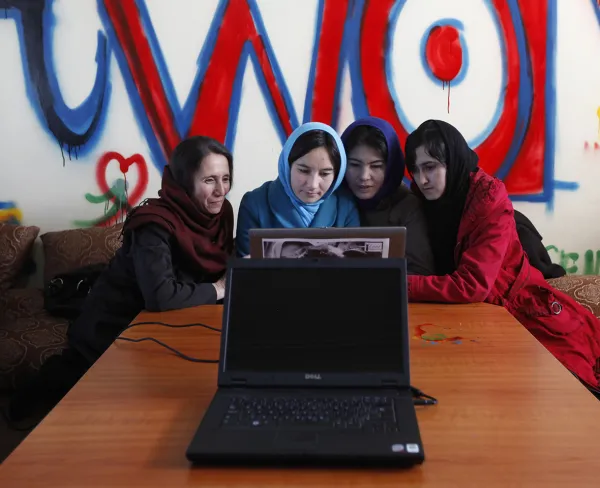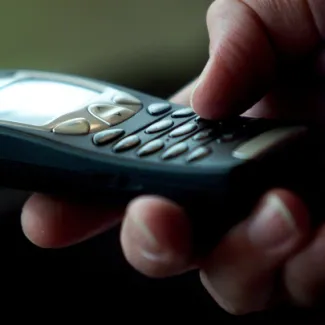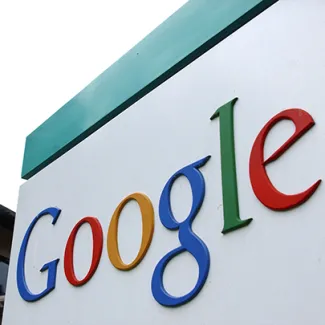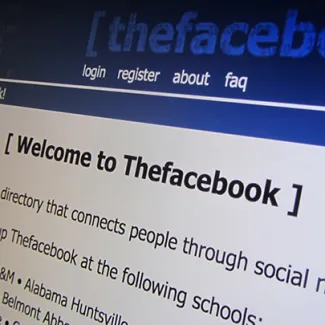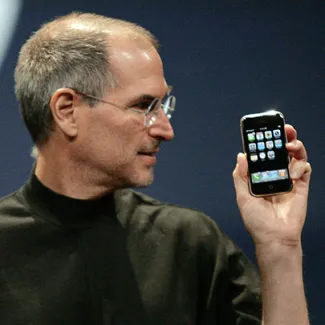Two Hundred Years of Global Communications
From the printing press to Instagram, technological advances shape how people communicate.
Last Updated
Humans communicate in various ways. They have been writing to each other since the fourth millennium BCE, when one of the earliest writing systems, cuneiform, was developed in Mesopotamia. These days, the internet enables people to send and receive messages instantaneously and internationally; with the rise of social media, people share more—and more quickly—than ever before. This timeline follows nearly two hundred years of innovations in communication that have helped people all over the globe connect.
1814
1814
- 1895
1814
- 1895
News Travels Faster Than Ever Before
1814
News Travels Faster Than Ever Before
1814
Steam-Powered Printing Press Boosts Circulation
1844
Steam-Powered Printing Press Boosts Circulation
1844
Telegraphs Make Communication Almost Instantaneous
1858
Telegraphs Make Communication Almost Instantaneous
1858
Queen Victoria Telegraphs James Buchanan, a Transatlantic First
1876
Queen Victoria Telegraphs James Buchanan, a Transatlantic First
1876
Alexander Graham Bell Introduces the Telephone
1901
- 1973
Alexander Graham Bell Introduces the Telephone
1901
- 1973
Mass Communications for a Rapidly Changing World
1904
Mass Communications for a Rapidly Changing World
1904
Radio Reaches a Mass Audience
1907
Radio Reaches a Mass Audience
1907
Movies Become Popular in the United States
1927
Movies Become Popular in the United States
1927
Television Begins a New Era of Mass Consumption
1957
- 1962
Television Begins a New Era of Mass Consumption
1957
- 1962
The Space Race Speeds up Communication
1973
The Space Race Speeds up Communication
1973
Cell Phones Facilitate Instant and Mobile Communication
1989
- 2018
Cell Phones Facilitate Instant and Mobile Communication
1989
- 2018
The Internet Transforms Global Communication
1992
The Internet Transforms Global Communication
1992
From a Single “Merry Christmas” to Trillions of Texts
1998
From a Single “Merry Christmas” to Trillions of Texts
1998
Google Provides Instant Answers
2003
- 2006
Google Provides Instant Answers
2003
- 2006
The World Starts Sharing on Social Media
2007
The World Starts Sharing on Social Media
2007
Apple’s iPhone Paves the Way for Smartphones
2020
Apple’s iPhone Paves the Way for Smartphones
2020
COVID-19 Pandemic Leads to Rise in Remote Learning and Work
COVID-19 Pandemic Leads to Rise in Remote Learning and Work
2020
